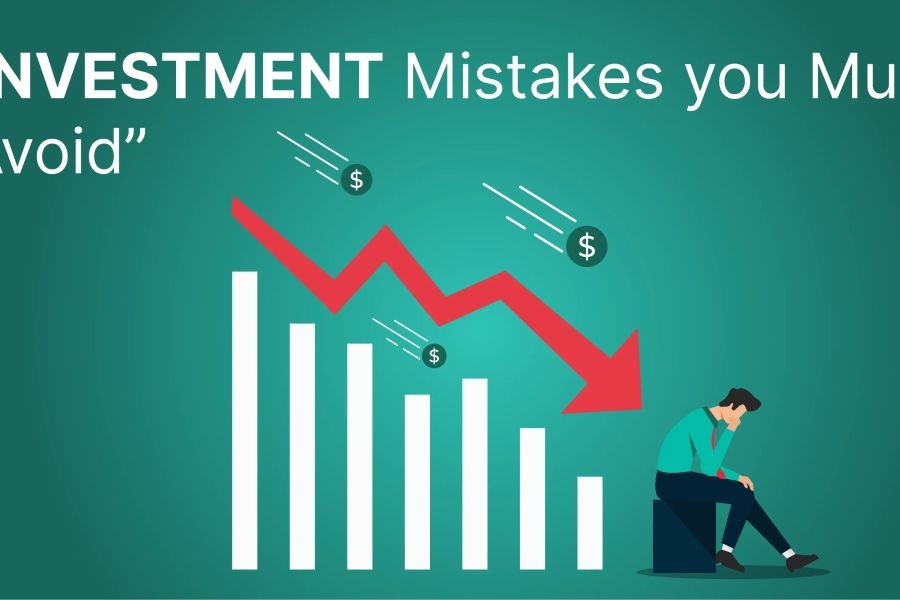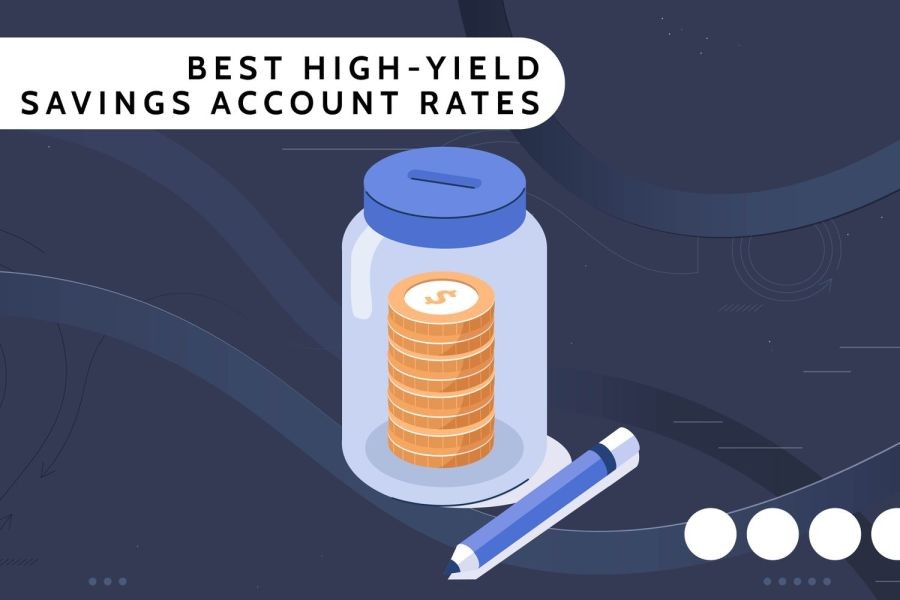In the dynamic landscape of investments, Australians often fall prey to common mistakes that could cost them thousands. These missteps are not just isolated incidents but part of broader trends shaped by the unique economic conditions and regulatory frameworks of Australia. Understanding these pitfalls is crucial for anyone looking to maximize their investment returns in the Australian context.
The Unique Economic Landscape of Australia
Australia's economic landscape is characterized by its stable political environment, robust regulatory frameworks, and diverse sectors ranging from mining to technology. According to the Reserve Bank of Australia (RBA), the country's GDP growth rate has remained resilient, averaging around 2.5% over the past decade. However, market volatility and global economic shifts pose significant challenges for investors.
The Australian Securities and Investments Commission (ASIC) has emphasized the importance of informed decision-making in the investment sector. With the intricate tax structures, fluctuating property markets, and evolving consumer trends, investors must navigate a complex environment to ensure profitable outcomes.
1. Over-Reliance on Property Investment
One of the most pervasive mistakes among Australians is the over-reliance on property investment, driven by the myth that real estate always appreciates. While property investment has been lucrative historically, the market is subject to fluctuations. A report by CoreLogic revealed that property prices in Sydney increased by 12% in 2024, outpacing wage growth. However, such growth is not guaranteed, as evidenced by the 2018-2019 downturn.
Investors should diversify their portfolios to include equities, bonds, and other asset classes to mitigate risks associated with property market volatility.
2. Ignoring the Impact of Inflation
Inflation can erode investment returns significantly, yet many Australians overlook this factor. The Australian Bureau of Statistics (ABS) reported an inflation rate of 3.5% in 2023, which impacts the real value of investment returns. To combat this, investors should consider assets that historically outpace inflation, such as stocks and inflation-linked bonds.
3. Lack of Research and Due Diligence
Many investors fail to conduct thorough research before committing their funds. The ASIC highlights that a lack of due diligence is a leading cause of investment losses. A 2024 survey indicated that 75% of first-time investors regretted their initial investments due to insufficient research.
Engaging in comprehensive research, understanding market trends, and consulting financial advisors can prevent ill-informed investment decisions.
4. Emotional Decision-Making
Investment decisions driven by emotions rather than logic can lead to significant losses. Behavioral finance studies reveal that panic selling during market downturns is a common mistake. The RBA notes that emotional decision-making often results in selling low and buying high, contrary to sound investment strategies.
Implementing a clear investment strategy and adhering to it, regardless of market fluctuations, can help investors maintain discipline and achieve better long-term results.
5. Overlooking Tax Implications
Neglecting the tax implications of investments can result in unexpected liabilities. The Australian Taxation Office (ATO) enforces strict compliance measures, with tax considerations varying based on investment types and structures. Failing to account for taxes can significantly reduce net returns, as was the case for many investors caught off-guard by the capital gains tax on property sales.
Consulting tax professionals and understanding the tax landscape are essential steps in optimizing investment returns.
Case Study: diversification Beyond Property
Case Study: Jane's Diversified Portfolio – From Property to Multi-Asset Success
Problem: Jane, an investor from Melbourne, initially focused solely on property investments. However, she faced losses during the 2018-2019 property market downturn.
- Jane realized the vulnerability of a single-asset dependency when the market fluctuated.
- Her portfolio's value decreased by 15%, impacting her financial stability.
Action: Jane decided to diversify her portfolio by incorporating stocks and bonds. She engaged a financial advisor to guide her through the diversification process.
- She allocated 40% of her assets to equities, 30% to fixed income, and retained 30% in real estate.
- She adopted a long-term strategy, rebalancing her portfolio annually.
Result: Over three years, Jane's diversified portfolio yielded impressive results:
- Her overall portfolio value increased by 25%, outperforming her previous property-centric strategy.
- Her exposure to different asset classes mitigated risks associated with market volatility.
Takeaway: Jane's experience underscores the importance of diversification in investment strategies. By spreading investments across various asset classes, investors can achieve more stable and sustainable returns.
Common Myths & Mistakes in Investing
Myth: "Property is a risk-free investment."
Reality: Property markets can be volatile, and prices may not always rise. diversification is key to managing risks.
Myth: "Inflation doesn't affect my investments."
Reality: Inflation erodes purchasing power and must be factored into investment strategies to preserve real returns.
Myth: "Selling in a downturn minimizes losses."
Reality: Emotional selling often leads to locking in losses. A disciplined, long-term strategy is more effective.
Final Takeaways
- diversification: Spread investments across various asset classes to reduce risk.
- Research: Conduct thorough research and seek professional advice before making investment decisions.
- Inflation: Consider inflation-protected assets to maintain purchasing power.
- Discipline: Stick to a long-term strategy to avoid emotional decision-making.
- Tax Planning: Understand tax implications to optimize net returns.
Future Trends & Predictions
Looking ahead, the investment landscape in Australia is poised for significant changes. By 2030, Deloitte predicts that technological advancements and sustainable investment practices will dominate the market. Investors must adapt to these trends, leveraging digital tools and sustainable strategies to stay ahead.
Conclusion
In conclusion, avoiding these common investment mistakes can help Australians secure a more prosperous financial future. By embracing diversification, conducting diligent research, and maintaining discipline, investors can enhance their returns and navigate the complexities of the Australian market. What investment strategies have worked for you? Share your insights below!
People Also Ask
How does inflation impact investments in Australia?
Inflation erodes the purchasing power of money, affecting real investment returns. To mitigate this, investors should consider inflation-protected securities and other assets that historically outpace inflation.
What are common investment mistakes in Australia?
Common mistakes include over-reliance on property, ignoring inflation, lack of research, emotional decision-making, and overlooking tax implications.
How can Australians diversify their investment portfolios?
diversification can be achieved by allocating assets across various classes, such as equities, bonds, real estate, and alternative investments, to mitigate risk and enhance returns.
Related Search Queries
- Common investment mistakes in Australia
- Property investment risks in Australia
- Inflation impact on Australian investments
- Investment diversification strategies
- Tax implications of investing in Australia
- Emotional investing mistakes
- Australian investment market trends
- How to avoid investment pitfalls
- Future of investments in Australia
- Case studies on successful Australian investors































darlenefinlay
7 months ago